Coaching Beyond the Playbook
Explore college strength and conditioning coaching that inspires athletic excellence, fuses innovative training with tradition, and mentors athletes to unlock their full potential.
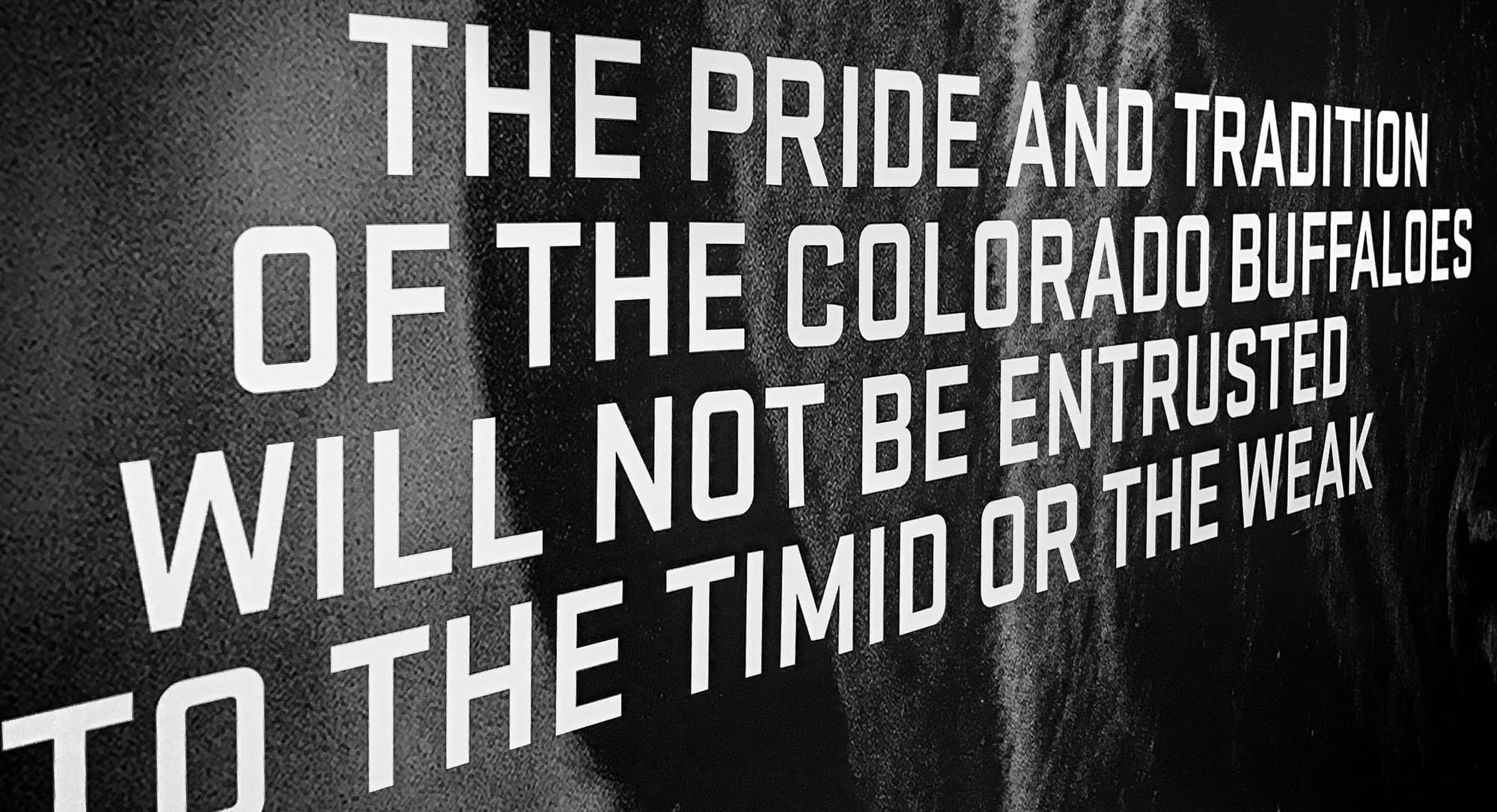
When I first stepped onto the floor as a college strength and conditioning coach, a single, deceptively simple question kept echoing in my mind: “What should I do?” It sounds almost naive, doesn’t it? Yet for many of us who are entrusted with the responsibility of mentoring young college athletes, that question embodies the very essence of our vocation. It isn’t merely about physical training or program design—it’s about shaping lives, inspiring excellence, and constantly innovating in the face of ever-changing collegiate athletics.
In this article, I’ll share my journey and insights as a coach, offering a perspective that blends the art of exercise selection with the science of athletic development.
We’ll explore how the evolving landscape of NCAA athletics demands not just adherence to tradition but the courage to reimagine what training can be. I’ll also touch on the immense responsibility we have i fostering not only physical prowess but also the personal growth of our athletes.
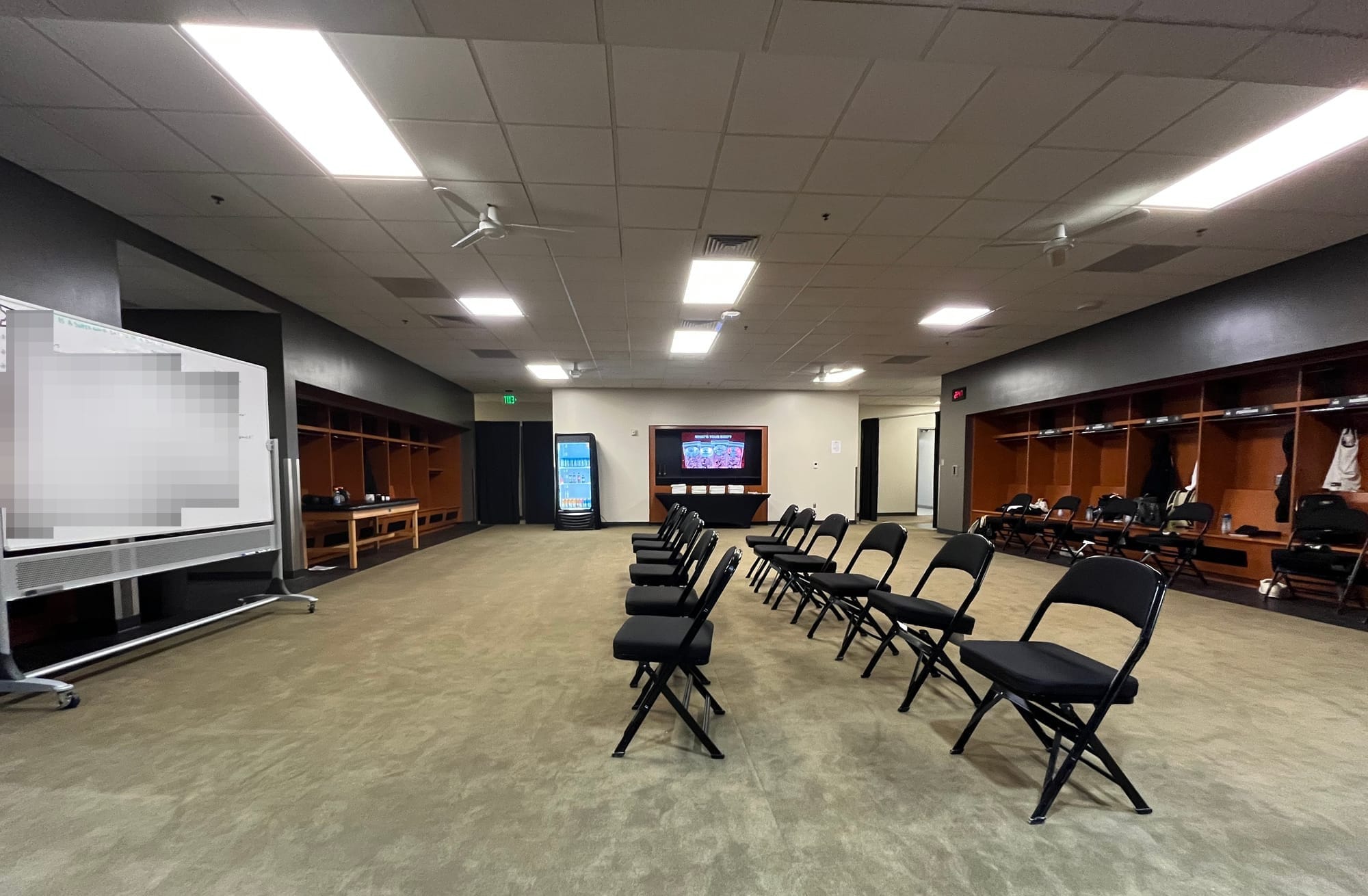
The Calling of a College Strength and Conditioning Coach
From the moment I embarked on my career, I realized that being a coach is more than creating workout routines and managing training sessions. It’s about embracing a calling—a commitment to help student-athletes reach their full potential both on and off their competitive fields.
You know what? Coaching isn’t just a job; it’s a way of life.
As a college strength and conditioning coach, you’re not just designing programs. You’re crafting experiences that push athletes to overcome their limits, encouraging them to build strength, agility, and mental resilience. Every drill, every rep, every carefully selected exercise is a chance to instill discipline and passion in those who are the future of our sports. And in the modern NCAA arena, where athletic performance is scrutinized like never before, our role has taken on even greater importance.
Our athletes are juggling classes, social lives, and the pressures of high-level competition. The training environment we create must be one that nurtures growth, fosters community, and most importantly, sparks innovation. When I ask myself, “What should I do today?” I believe the answer lies in a dual commitment: help our athletes excel today and prepare them for the challenges of tomorrow.
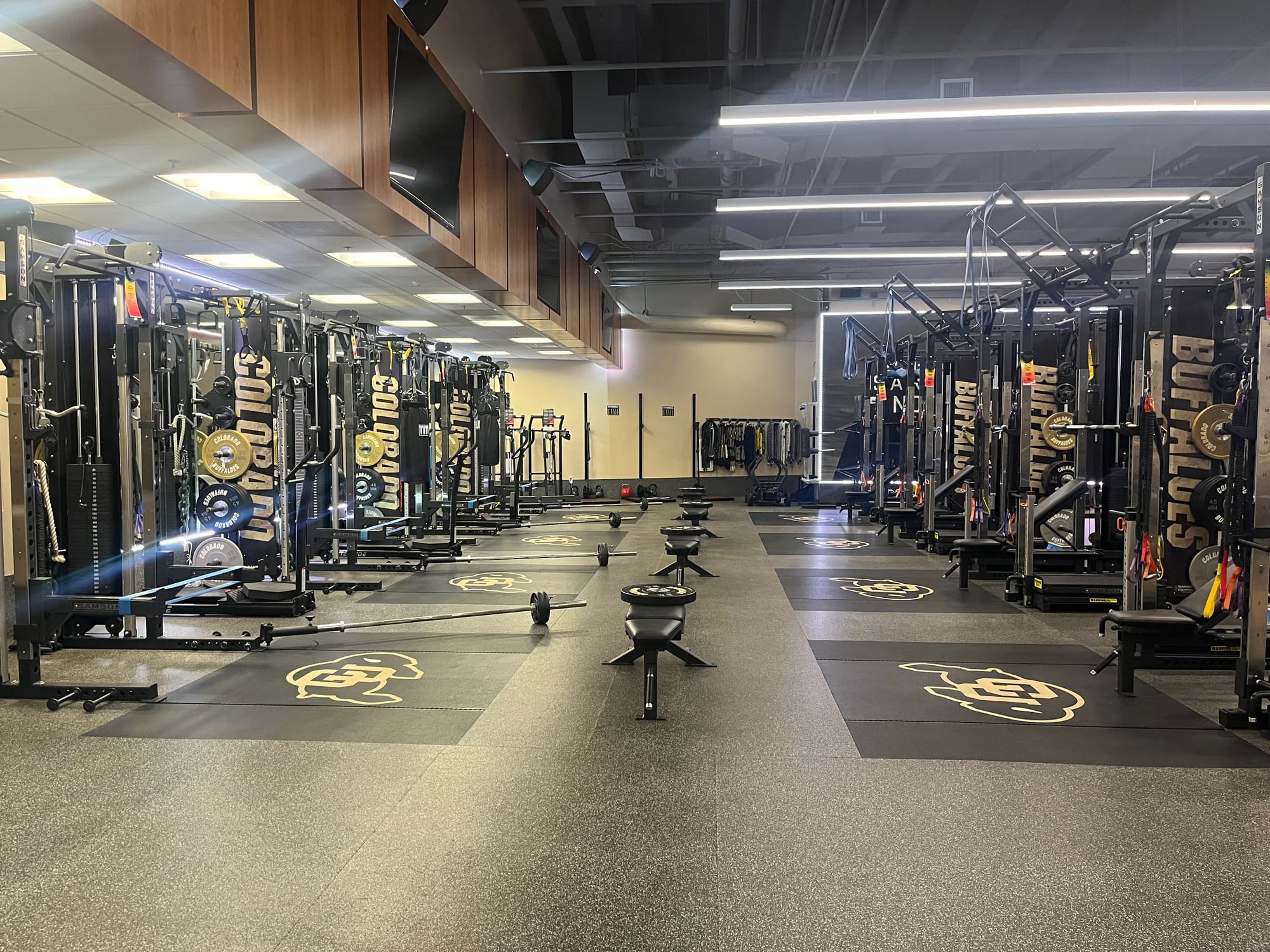
Evolving the Art of Exercise Selection
You might wonder, “How does exercise selection fit into this larger picture of mentorship and innovation?” Let me explain. Exercise selection isn’t just about choosing the latest trendy move from an instagram reel; it’s about understanding the specific needs of your athletes and crafting a program that balances strength, power, speed, agility, and so much more.
The Science Behind the Movement
In college athletics, every movement matters. Whether it’s perfecting a squat, refining a sprint technique, or improving core stability, each exercise serves a purpose. When I design training sessions, I consider the biomechanics of every movement. I ask myself: How can I make this exercise work harder for an athlete’s unique physiology? What modifications can be made to prevent injuries while maximizing performance?
Our decisions are guided by a blend of tried-and-true techniques and fresh, innovative approaches. Traditional methods provide a reliable foundation, yet the ever-changing nature of sports requires us to experiment with new modalities. Think about the introduction of Olympic lifts into modern training routines or the integration of plyometrics with traditional weight training. These aren’t just trends; they are essential tools that reflect the evolving science of strength and conditioning.
The Art of Crafting a Training Regimen
Effective exercise selection is akin to composing a symphony. Every exercise, like every instrument, has its unique voice. When these voices blend harmoniously, the result is a performance that’s not only powerful but also beautifully coordinated.
For example, pairing compound movements like deadlifts and squats with agility drills or ballistic jump exercise creates a multi-dimensional, post-activation potentiated workout, that addresses various facets of athletic performance.
But here’s the twist—innovation is key.
In a competitive collegiate environment, it’s not enough to simply replicate established methods. I try to challenge myself to think outside the box. Whether it’s incorporating sport-specific drills that simulate game/match conditions or using wearable technology to monitor an athlete’s performance in real-time, the goal is always the same: to create training programs that are as DYNAMIC and ADAPTABLE as the athletes themselves.
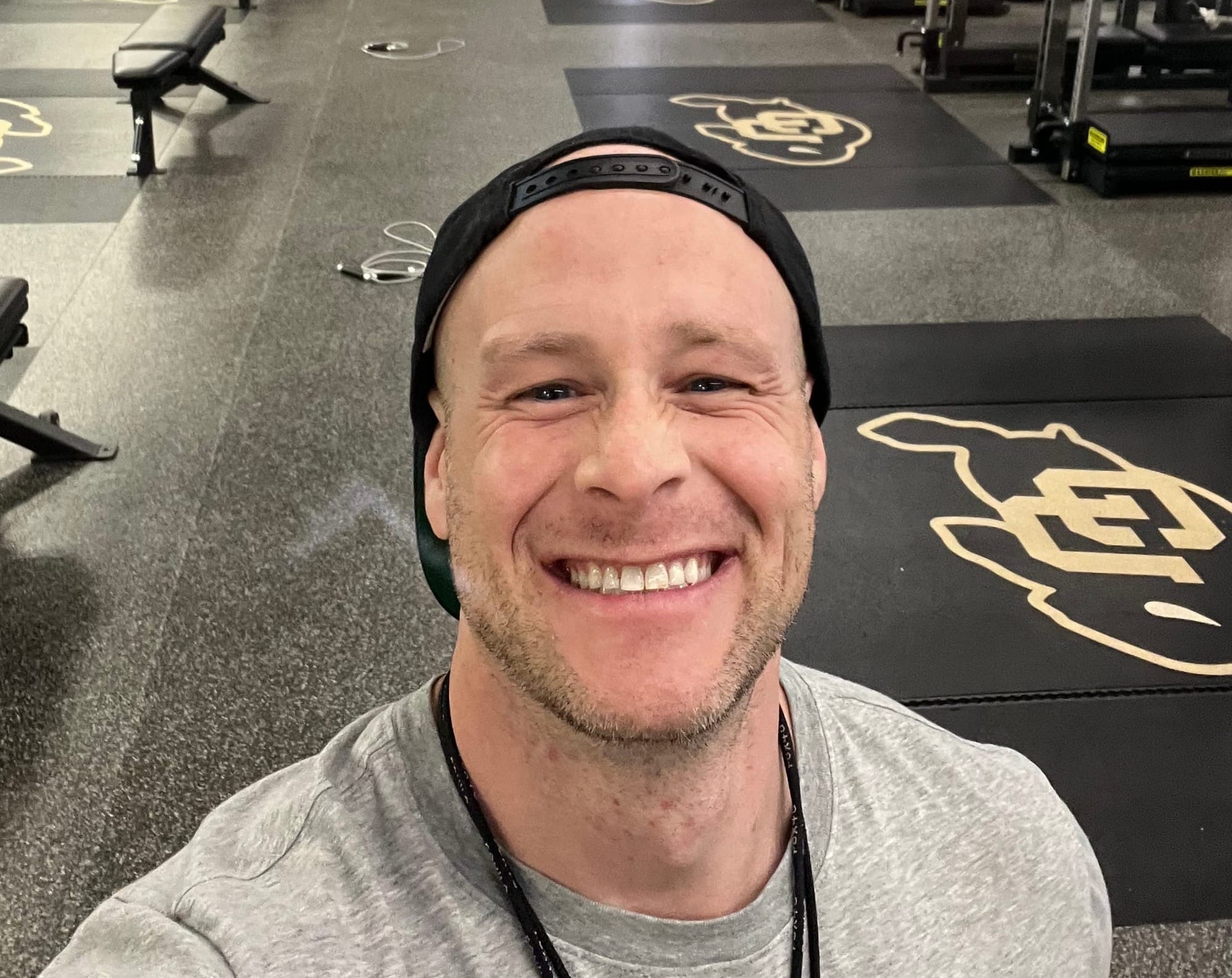
Mentoring the Next Generation of Collegiate Athletes
One of the most rewarding aspects of being a strength and conditioning coach is the opportunity to mentor young athletes. Their journey is as much about personal development as it is about physical improvement. And here’s the thing: mentoring isn’t just about instructing on proper form or pushing through a grueling set of exercises. It’s about instilling values, teaching life lessons, and encouraging a mindset of relentless self-improvement.
Creating a Culture of Excellence
In the locker room, on the weight room floor, or during a post-practice debrief, every interaction counts. Our athletes look to us not just for technical guidance but for leadership and inspiration. When I share stories of setbacks, triumphs, and even personal failures, I’m not just recounting anecdotes—I’m humanizing the journey, making it relatable, and showing them that excellence is built on persistence and adaptability.
Coaching in the modern NCAA environment isn’t about rigid hierarchies or top-down commands. It’s about collaboration, communication, and sometimes, a little bit of tough love. I encourage my athletes to take ownership of their training, to ask questions, and to be curious. After all, the willingness to explore, to experiment, and to sometimes fail is what ultimately leads to breakthrough moments on the court and in life.
Bridging the Gap Between Science and Art
There’s an ongoing dialogue between the technical precision of exercise science and the creative spirit of coaching. As mentors, we must navigate this delicate balance. On one hand, there’s a need for structured programs backed by data, research, and a clear understanding of biomechanics. On the other, the human element—empathy, intuition, and the ability to motivate—is equally crucial.
I often recall a time when a promising basketball athlete was on the brink of burnout. She was technically sound, her numbers were impressive, but something was missing. It wasn’t until we sat down and had an honest conversation about her goals, fears, and dreams that I could tailor her training in a way that re-energized her. This is where the art of mentoring truly shines—it’s not about following a manual, but about understanding each athlete’s unique story and adapting accordingly.
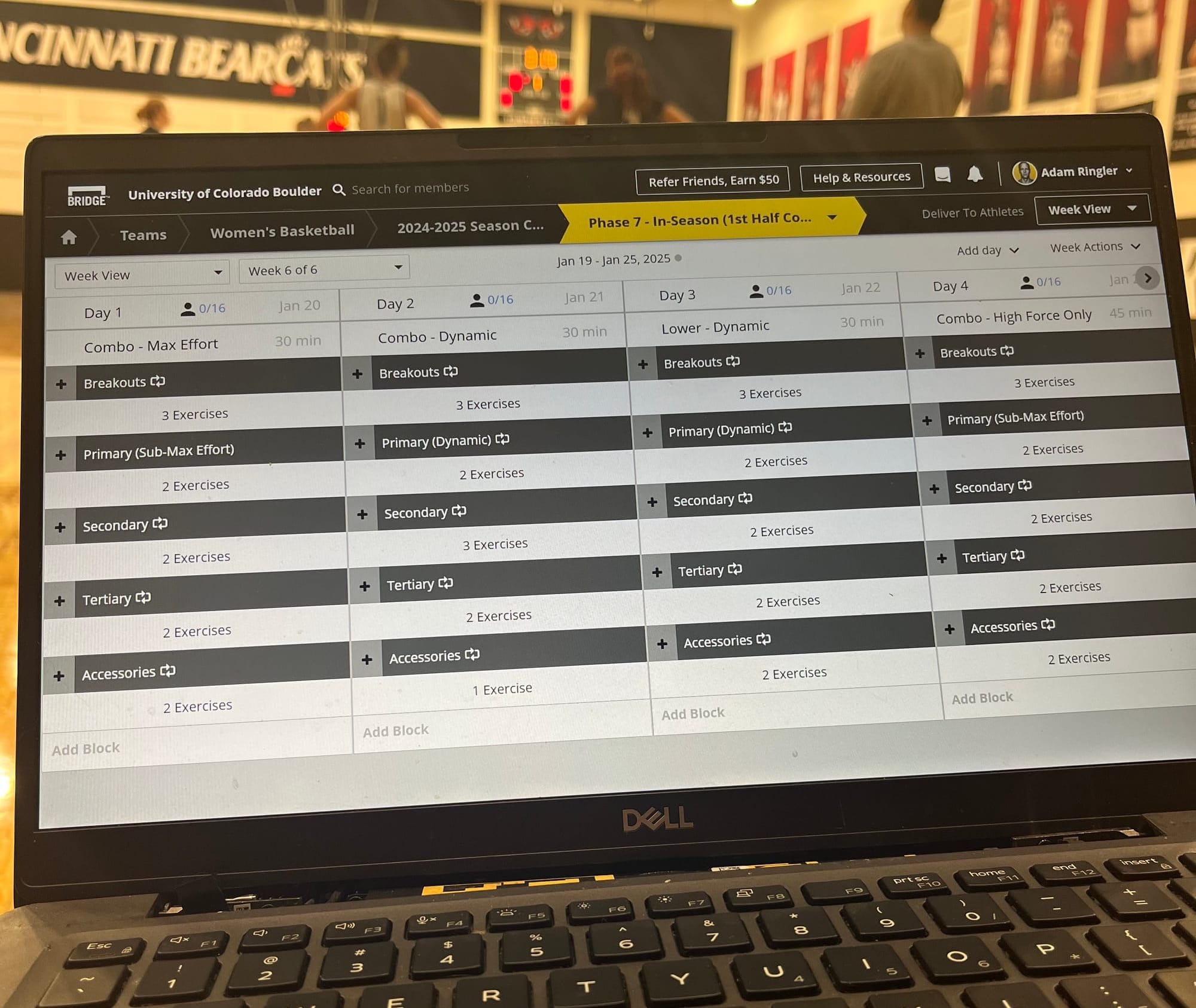
The Shifting Landscape of NCAA Athletics
College athletics have undergone a remarkable transformation over the past few decades. Even more so the last few months! With heightened competition, increased media scrutiny, and evolving rules regarding amateurism and athlete compensation, the challenges we face as coaches are more complex than ever. The NCAA environment is dynamic, and staying ahead requires a constant reassessment of our methods and philosophies.
Navigating the Changing Rules and Expectations
You know, it sometimes feels like the rulebook is rewritten every season. Changes in eligibility requirements, new safety protocols, and shifts in recruiting policies all contribute to an environment where flexibility is essential. For me, this means that effective coaching is not just about physical training; it’s about staying informed and adapting strategies to meet new standards.
This ever-changing landscape demands that we, as coaches, are lifelong learners. Whether it’s attending seminars, collaborating with other strength coaches and sports scientists, or simply exchanging ideas with peers from other institutions, there is always something new to absorb. It’s a continuous cycle of learning, applying, and refining—one that keeps us on our toes and drives the evolution of our programs.
Learn -> Apply -> Refine
Embracing Technology and Data-Driven Decisions
The infusion of performance technology into collegiate athletics has been nothing short of revolutionary. Wearable tech, video analysis, and advanced statistical tools now play a significant role in how we monitor performance and design training regimens. I remember when I first started, we relied solely on observational assessments and gut instinct. Remember how utilizing Dartfish was groundbreaking? Today, however, every jump, sprint, and lift can be quantified, analyzed, and optimized.
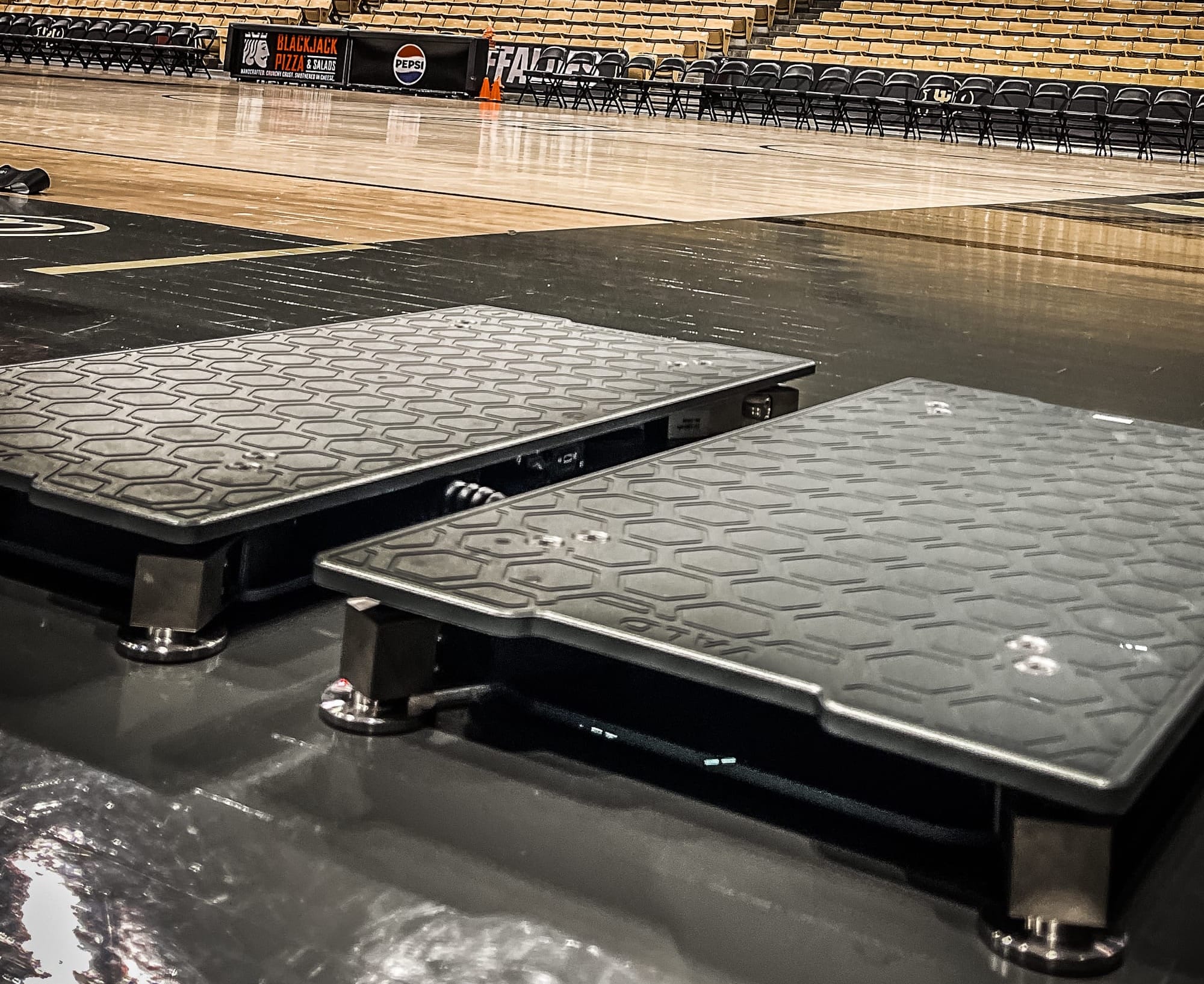
This data-driven approach has opened up a world of possibilities. It’s like having a window into each athlete’s body, allowing us to tailor training programs with pinpoint accuracy. But with this wealth of information comes the responsibility to interpret it wisely. Numbers can guide us, but they should never overshadow the human aspect of coaching. At the end of the day, no amount of data can replace the value of a genuine conversation, a supportive pat on the back, or the reassurance that comes from knowing someone believes in you.
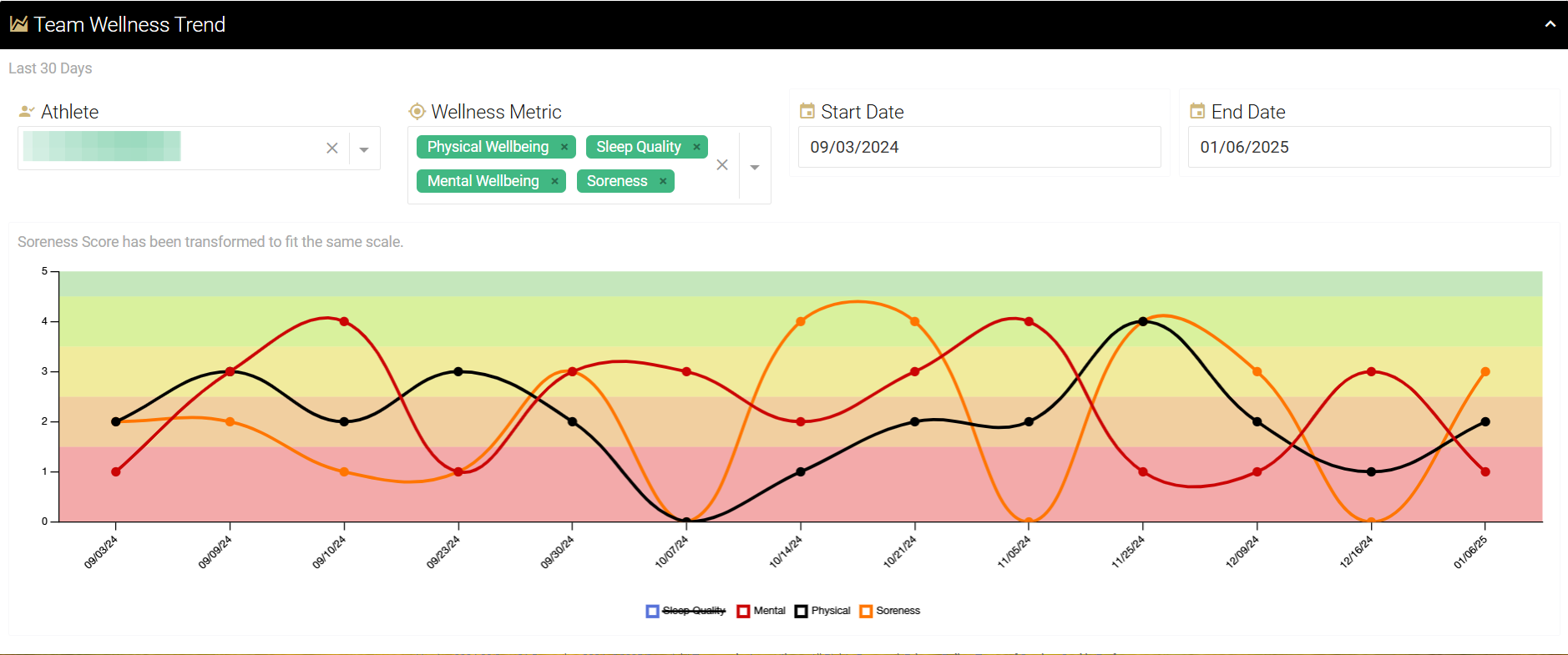
Crafting Programs That Inspire Innovation and Growth
If there’s one thing I’ve learned over the years, it’s that the best training programs aren’t just effective—they’re innovative. They challenge conventional wisdom, break away from the cookie-cutter routines of the past, and invite athletes to be active participants in their development.
Designing with Purpose and Flexibility
When I’m in the planning stages of a new training cycle, I ask myself, “What are the specific needs of my athletes this season?” This question is the cornerstone of my approach. For instance, a women’s basketball team will require a different emphasis compared to a volleyball squad. The nuances of each sport and even the individual demands of each position must be considered.
I take pride in crafting programs that are both structured and flexible. Structured enough to provide a solid foundation, yet flexible enough to accommodate individual differences. It’s a bit like creating a custom-tailored suit—it needs to fit perfectly, not just in terms of measurements but also in style and comfort. This tailored approach not only maximizes performance but also minimizes the risk of injury, a balance that is crucial in collegiate sports.
Encouraging a Mindset of Continuous Improvement
Innovation isn’t a one-time effort—it’s a continuous process. I encourage my athletes to view every training session as an opportunity to improve, even if it means adjusting what they thought was their best effort. “What’s one thing you could do a little bit better today?” is a question I ask almost every day. It might seem trivial, but those incremental improvements add up over time.
Mentoring college athletes isn’t just about pushing them to their physical limits; it’s about cultivating a mindset that embraces learning, experimentation, and resilience. There’s a certain beauty in watching an athlete discover that a slight tweak in their form or a new training drill can make a world of difference. It’s moments like these that remind us why we chose this profession.
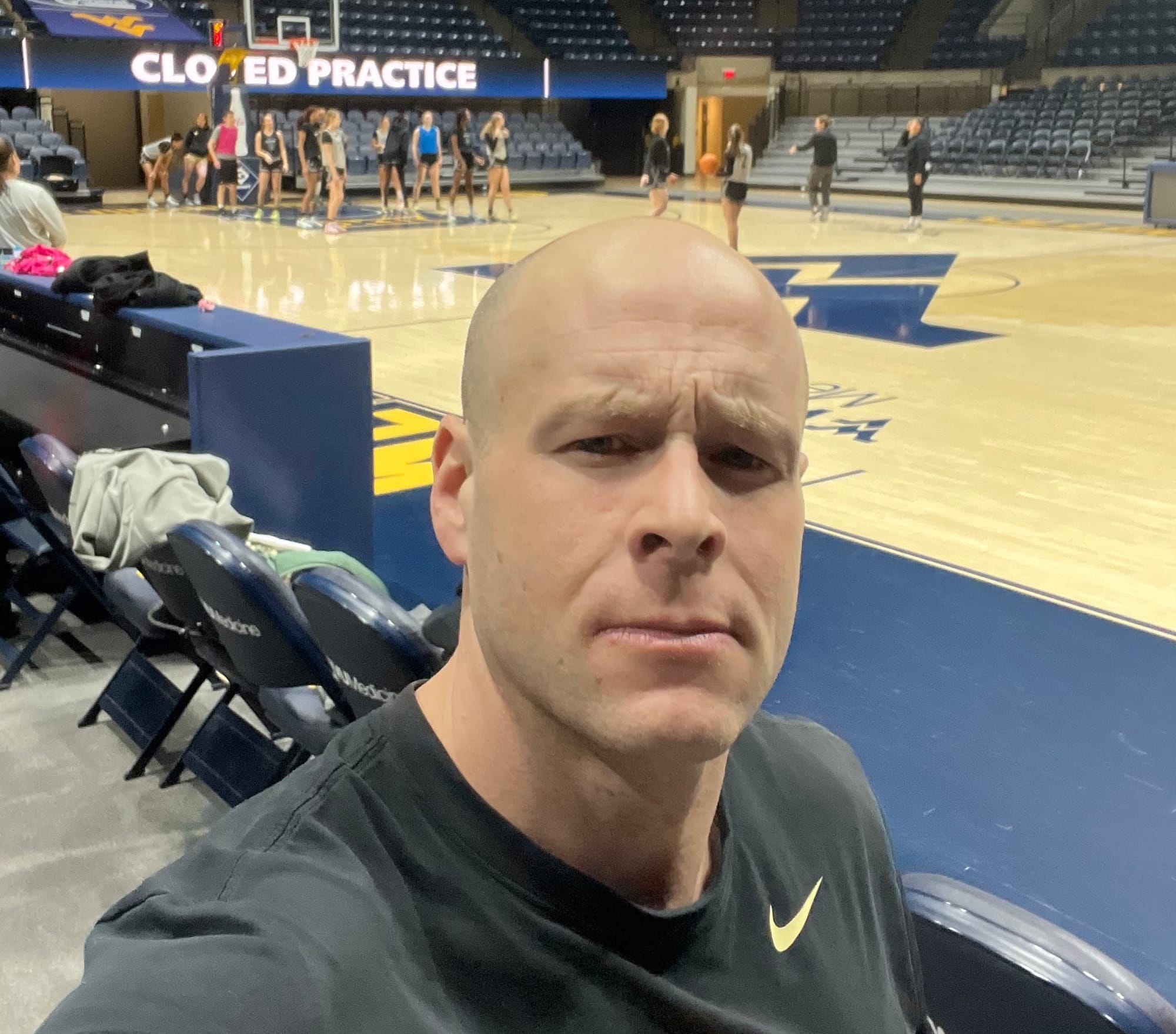
Fostering a Collaborative Environment
In my experience, the best ideas often come from collaboration. Whether it’s brainstorming new drills with assistant coaches or gathering feedback from athletes after a challenging session, every perspective matters. A training program should never be a one-person show. Instead, it should be a collaborative effort where every voice is heard.
I make it a point to create an environment where athletes feel comfortable sharing their thoughts and suggestions. After all, who better to tell you if a drill/exercise is working than the person actually performing it? This open dialogue fosters trust, innovation, and a shared commitment to excellence. It’s a reminder that, in the end, our greatest resource isn’t just the latest piece of equipment or training method—it’s the collective passion and insight of everyone involved.
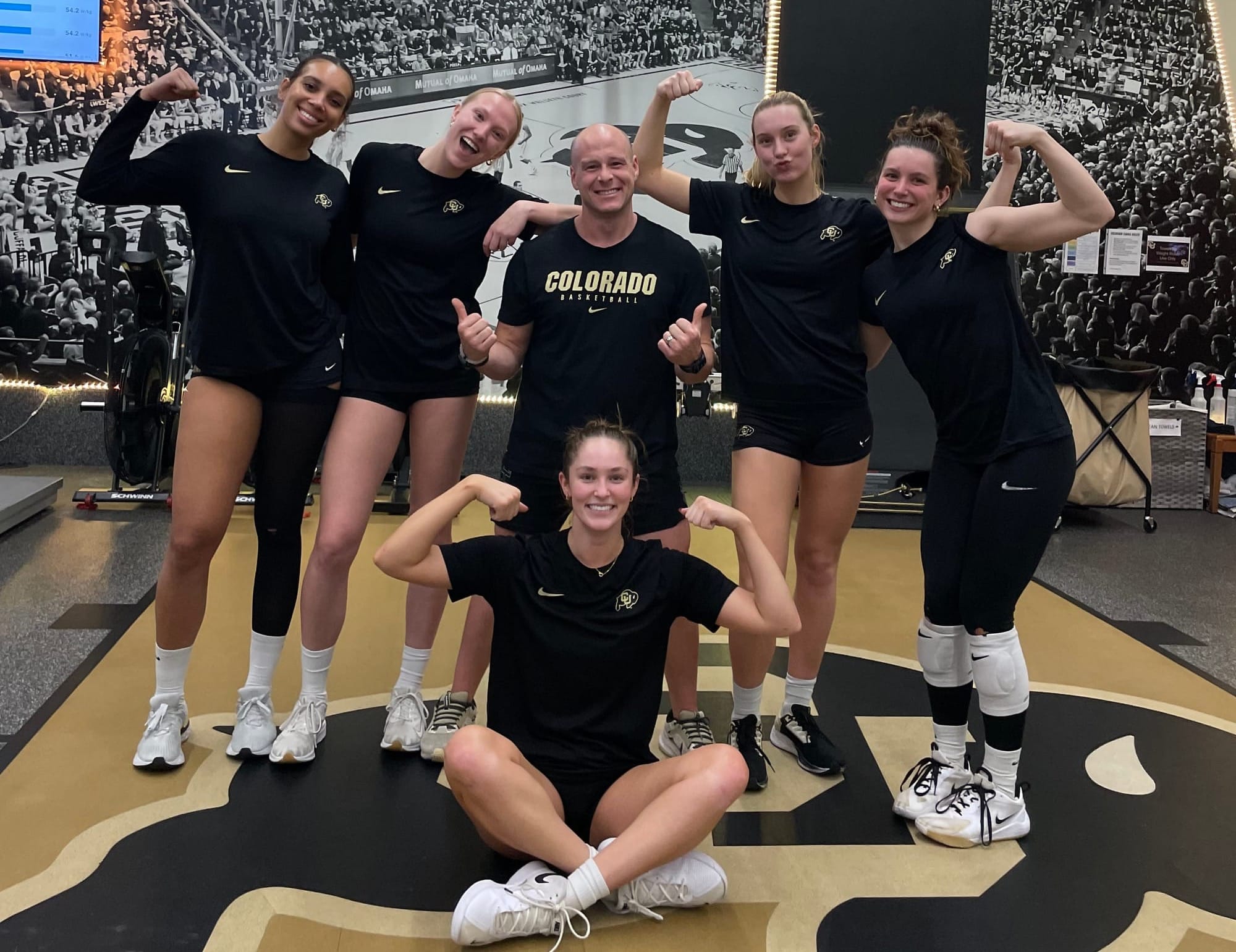
The Intersection of Tradition and Innovation in Collegiate Sports
Throughout the history of exercise physiology or modern-era coaching, many have questioned what the “right” way to train is. In college athletics, we’re constantly balancing the time-tested methods handed down by previous generations with fresh ideas born from modern research and technology. There’s an inherent tension between tradition and innovation—a tension that, when managed well, leads to extraordinary breakthroughs.
Honoring the Past, Shaping the Future
Think about the legends of strength and conditioning—names that resonate with achievements built on rigorous training and disciplined practice. Names that built the very industry in which we've been fortunate enough to build careers in. Those who came before us laid the groundwork, and their methods have stood the test of time. Yet, as we stand on their shoulders, we must also be unafraid to look forward and experiment with new approaches.
For instance, consider the evolution of plyometric training. What began as a relatively simple concept has now been refined and integrated into comprehensive training programs that boost power and agility. It wasn’t long ago that a coach might have dismissed such techniques as unproven, but now they’re embraced as an essential element of athletic development. Less than a decade ago, we'd be hard to find many programs emphasizing sprint mechanics like we've seen lately.
The key lies in recognizing that while tradition provides a sturdy foundation, innovation is what propels us into the future. It’s about continuously asking ourselves, “How can we improve?” and not settling for what has always been done. This forward-thinking mentality is especially crucial in the NCAA, where the pressure to excel is immense and the margin for error is slim.
Embracing Change Without Losing Identity
In the world of college sports, change is inevitable. From evolving training methodologies to shifts in recruiting and athlete management, the landscape is always in flux. Yet, amidst this constant change, there remains an enduring truth: the core values of hard work, discipline, and integrity must never be compromised.
I often reflect on how the principles of effective coaching have remained the same even as the tools and techniques have evolved. Whether you’re using a cutting-edge motion capture system or relying on traditional weightlifting techniques, the ultimate goal remains the same—to bring out the best in every athlete. And that, in itself, is an art form.
It’s important to maintain a balance. While we must remain open to new ideas, we should also remember the lessons of the past. After all, innovation is most effective when it builds upon a strong, time-tested foundation. It’s like preparing a meal: the freshest ingredients and creative recipes are wonderful, but without a solid base, the dish falls flat.
The Emotional and Psychological Dimensions of Coaching
Behind every rep, every drill, and every carefully crafted training program lies a deeper emotional layer. Coaching is as much about psychology as it is about physiology. Our role is not only to push physical limits but also to help athletes develop the mental fortitude required to succeed in both sports and life.
Building Confidence and Resilience
Let’s be honest—college athletes face tremendous pressure. The path to excellence is often paved with setbacks and failures. It’s during these moments of vulnerability that the support of a dedicated coach can make all the difference. I’ve seen firsthand how a well-timed word of encouragement or a simple acknowledgment of hard work can ignite a spark of confidence in an athlete who’s doubting their abilities.
In our training sessions, we focus on building resilience as much as strength. Every time an athlete struggles with a lift or falters during a drill, it’s an opportunity to learn and grow. By fostering an environment where mistakes are viewed as stepping stones rather than failures, we instill a mindset of perseverance and self-belief. This resilience not only translates to better performance on the field but also prepares our athletes for life’s inevitable challenges.
The Role of Emotional Intelligence in Coaching
Coaching isn’t a one-size-fits-all affair. Each athlete comes with their own set of fears, ambitions, and motivations. Recognizing these differences and adapting our approach accordingly is key to effective mentorship. I strive to understand the unique emotional landscape of each athlete, tailoring my feedback and support to suit their individual needs.
For some, a firm push and a high-energy pep talk might be exactly what they need to overcome a slump. For others, a quiet conversation, a bit of empathy, and a clear plan of action work wonders. This nuanced approach—combining technical knowledge with emotional insight—is what sets apart a truly great coach. It’s about being present, being relatable, and most importantly, being genuinely invested in the well-being and growth of each athlete.
The Reward of Seeing Lives Change
There’s nothing quite like the feeling of witnessing an athlete transform—not just in physical strength, but in character and confidence. I remember a time when a particularly reserved freshman, who struggled to find her place both on the court and in the team’s social fabric, began to shine after a season of dedicated training and honest mentorship. Over time, she emerged as a leader, someone who not only pushed her own limits but also inspired his teammates to strive for excellence.
Moments like these remind me why I chose this path in the first place.
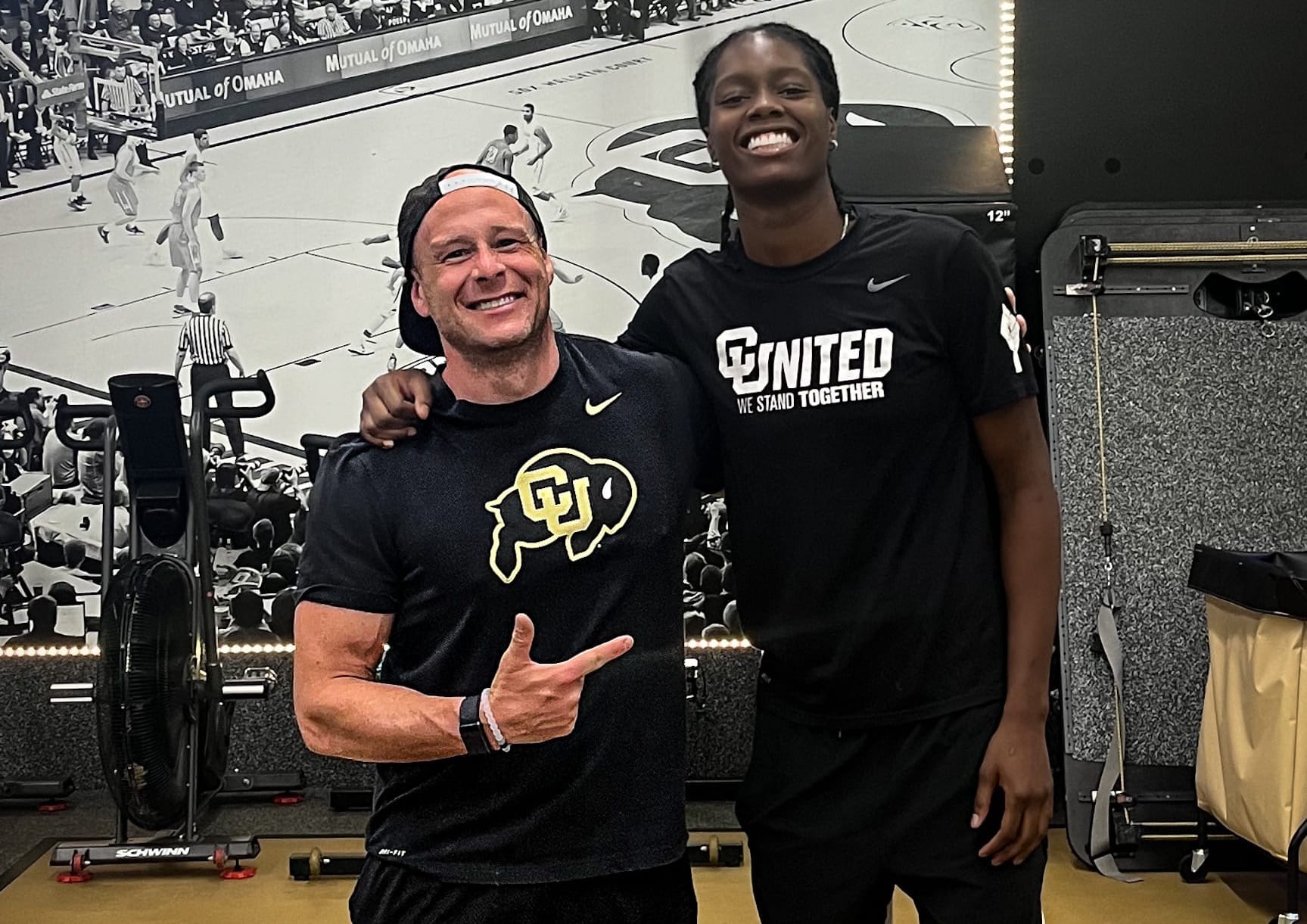
A Personal Journey: From Skepticism to Belief
I wasn’t always convinced that innovation was the be-all and end-all of coaching. In my early days, I leaned heavily on established routines and the “tried and true” methods passed down by my mentors. But as I immersed myself in the vibrant, fast-paced world of college athletics, I began to see that the greatest breakthroughs often occur when you step outside your comfort zone.
Breaking Away from the Norm
There was a turning point in my career—a moment when I realized that adhering rigidly to tradition could sometimes hold athletes back from reaching their full potential. I started experimenting with new training techniques, even when they weren’t universally accepted at the time. Sure, there were skeptics. There were moments of doubt and the occasional failure. But with each setback, I learned something valuable about the intricacies of athletic performance and the importance of individualized training programs.
This journey wasn’t just about discovering new methods; it was about cultivating a mindset that embraced experimentation and growth. I began to see that every innovative idea, no matter how unorthodox it might seem, had the potential to become a game-changer if applied thoughtfully and with a deep understanding of the athletes’ needs.
Lessons Learned Along the Way
One of the most important lessons I’ve learned is that the best training programs are those that evolve. Just as our athletes adapt and improve with every session, so must our coaching methods. The willingness to pivot, to modify an exercise, or to try a completely new approach is essential in our line of work. It’s a bit like surfing a wave with shifting ocean currents—you have to be ready to adjust your course at a moment’s notice.
This fluidity in approach has also taught me the value of patience. True progress, both in training and in personal development, rarely happens overnight. It’s the cumulative effect of consistent effort, thoughtful reflection, and a willingness to learn from every experience that leads to lasting success. And that’s a lesson I pass on to my athletes every day.

The Future of Collegiate Training: Where Innovation Meets Tradition
Looking ahead, I see a future where college strength and conditioning coaching continues to evolve in exciting ways. The intersection of advanced technology, refined training methodologies, and a deeper understanding of human physiology promises to reshape the landscape of NCAA athletics.
Integrating Emerging Technologies
In the coming years, I anticipate that tools like virtual reality training, AI-driven performance analysis, and even more sophisticated wearable devices will become integral parts of our training arsenal. These technologies have the potential to revolutionize how we monitor progress, identify weaknesses, and tailor programs to the individual needs of our athletes.
Imagine a training session where real-time feedback is provided through smart sensors embedded in athletic gear, allowing both coach and athlete to make immediate adjustments. This isn’t some far-off fantasy—it’s happening right now in pilot programs across the country. And while these advancements offer incredible potential, they also reinforce a timeless truth: no matter how sophisticated the technology, the human element remains irreplaceable.
The connection between coach and athlete, built on trust and shared goals, is what truly drives performance.
Balancing Innovation with the Human Touch
As we integrate these new tools into our programs, the challenge will be to maintain that delicate balance between high-tech innovation and personalized coaching. Data is powerful, but it’s the story behind the numbers that matters most. It’s about understanding the context—the athlete’s mindset, the team dynamics, and the pressures of collegiate competition. In our quest for excellence, we must never lose sight of the fact that behind every data point is a human being with dreams, struggles, and an unwavering desire to succeed.
A Call to Future Coaches
For those entering the field, I offer this advice:
Embrace the best of both worlds. Honor the traditions that have shaped our understanding of athletic training while remaining open to the endless possibilities that innovation brings.
Challenge yourself to continually learn, adapt, and push the boundaries of what’s possible. And most importantly, remember that at the heart of every successful program is a coach who believes in the transformative power of mentorship.
Final Reflections: What Should a College Coach Do?
At its core, the question “What should I do?” in the context of college strength and conditioning coaching is about more than just devising training routines. It’s a call to action—a challenge to build programs that are as dynamic, resilient, and innovative as the athletes we serve. It’s about taking care of our athletes by providing them with the best training, support, and mentorship possible, while also paving the way for new ideas and practices that will shape the future of collegiate sports.
In my experience, the most effective coaches are those who see their role as a blend of teacher, mentor, and innovator. They understand that every athlete is unique, with distinct strengths and challenges, and they commit themselves to a process of continuous improvement—not just in physical performance, but in character and mindset as well. This dual focus on physical excellence and personal growth is what makes our profession so uniquely rewarding.
Every day, I am reminded that our work extends far beyond the weight room or the training facility. We have the privilege of being part of an athlete’s journey, watching them grow from uncertain freshmen into confident, capable leaders both on the field and in life. And while the tools, techniques, and technologies may evolve, the fundamental principles of hard work, perseverance, and genuine care for our athletes remain constant.
So, what should a college coach do? Simply put, we should commit to building programs that not only push the boundaries of physical performance but also nurture the minds and spirits of those we coach. We must remain open to innovation, yet grounded in the timeless values of mentorship, empathy, and continuous improvement. And above all, we must remember that our greatest legacy isn’t measured in win-loss records or championship trophies—it’s reflected in the lives we touch and the futures we help shape.
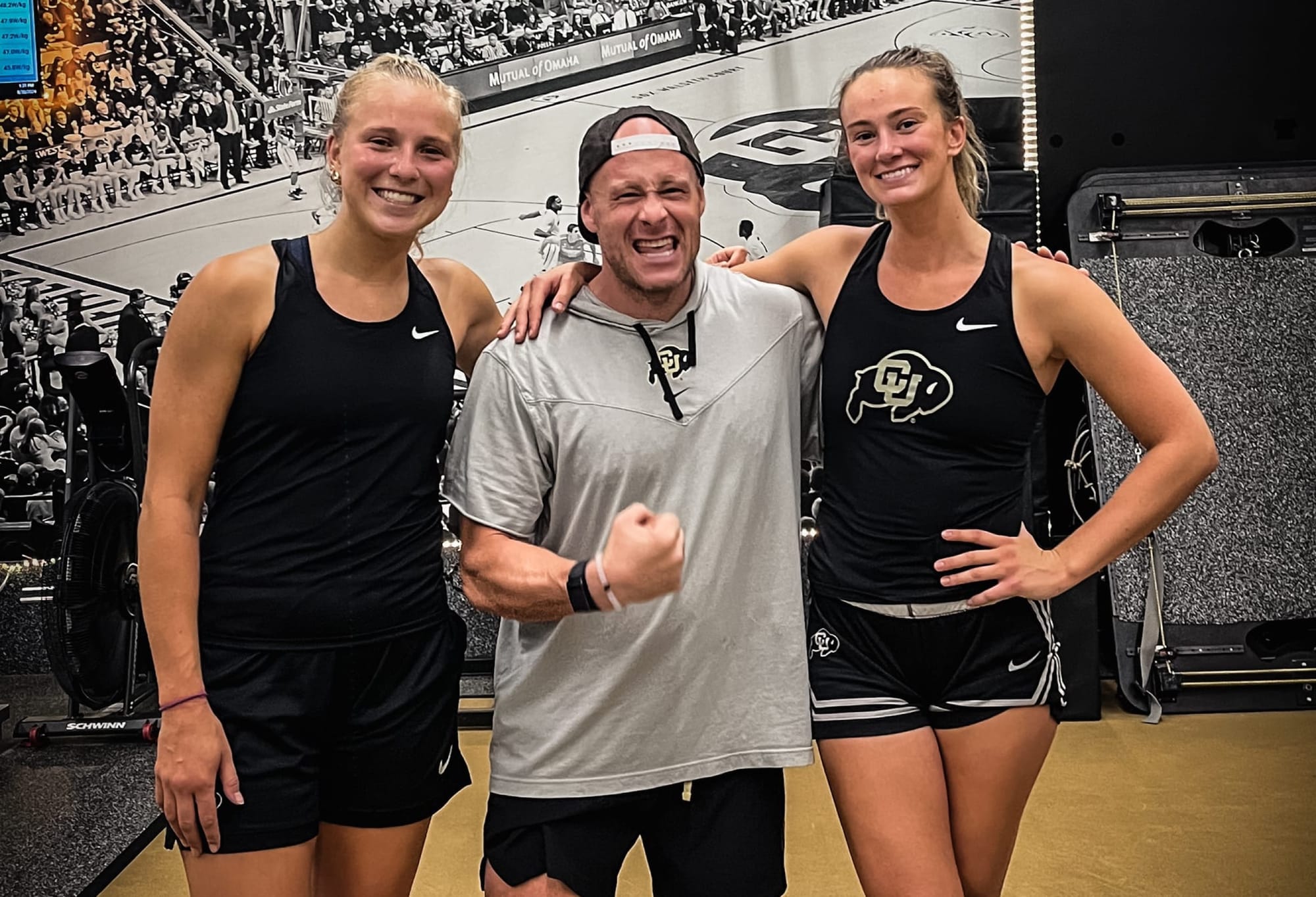
Looking Forward: The Journey Continues
As I reflect on my journey and the evolving landscape of college athletics, I am filled with a sense of optimism and determination. Every challenge we face (and we face MANY challenges) is an opportunity to refine our approach, every setback a chance to learn, and every success a moment to celebrate the collective effort of a dedicated team.
I encourage my fellow coaches and aspiring mentors to keep questioning, to keep experimenting, and to always prioritize the well-being of our athletes. In the end, the true measure of our success isn’t just the strength we build or the records we break—it’s the impact we have on the lives of those we guide.
In these rapidly shifting times, where the pressures of competition and the demands of modern athletics can sometimes feel overwhelming, it’s crucial to remember why we chose this path. We entered this field driven by a passion for sport, a commitment to excellence, and the belief that we could make a difference.
And while the path may be challenging and uphill, the rewards—both seen and unseen—are immeasurable.
Let me leave you with a thought: Every time you step into the weight room, every time you meet an athlete looking for guidance, you’re not just coaching a workout. You’re building a future, one rep, one drill, and one conversation at a time. And isn’t that what makes this journey truly remarkable?
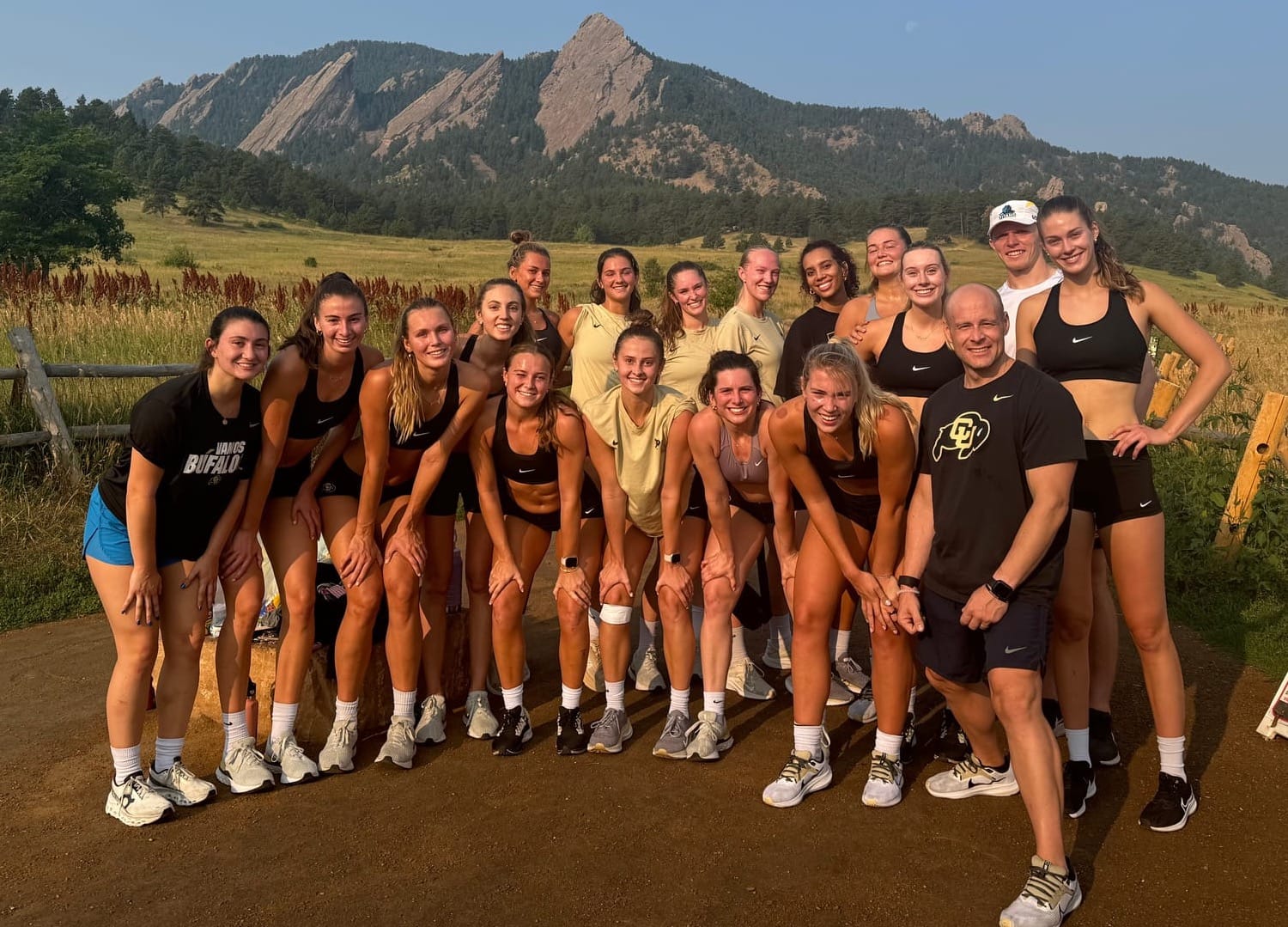
In Conclusion
The life of a college strength and conditioning coach is a woven thread of science, art, mentorship, and innovation. We are tasked with the responsibility of not only preparing athletes for the rigors of competition but also equipping them with the mental and emotional tools they need to navigate life’s many challenges. In our ever-changing world of NCAA athletics, where tradition meets innovation, the question “What should I do?” becomes a call to create programs that are as transformative as they are effective.
As I’ve shared throughout this article, the answer lies in a dual commitment: to nurture and empower our athletes while relentlessly pursuing new, creative methods that enhance performance. This isn’t an easy path. It requires constant learning, adaptation, and a willingness to push beyond the boundaries of conventional wisdom. Yet, it is precisely this challenge that makes our profession so fulfilling.
For those who share this passion, let’s continue to build on the legacy of excellence. Let’s innovate with purpose, mentor with heart, and always remember that our greatest achievements are measured not in statistics or accolades, but in the lives we enrich and the futures we help shape.
Thank you for joining me on this journey—a journey that is as much about the spirit of competition as it is about the art of mentorship. Here’s to creating a brighter, stronger future for our athletes, one inspiring training session at a time.
